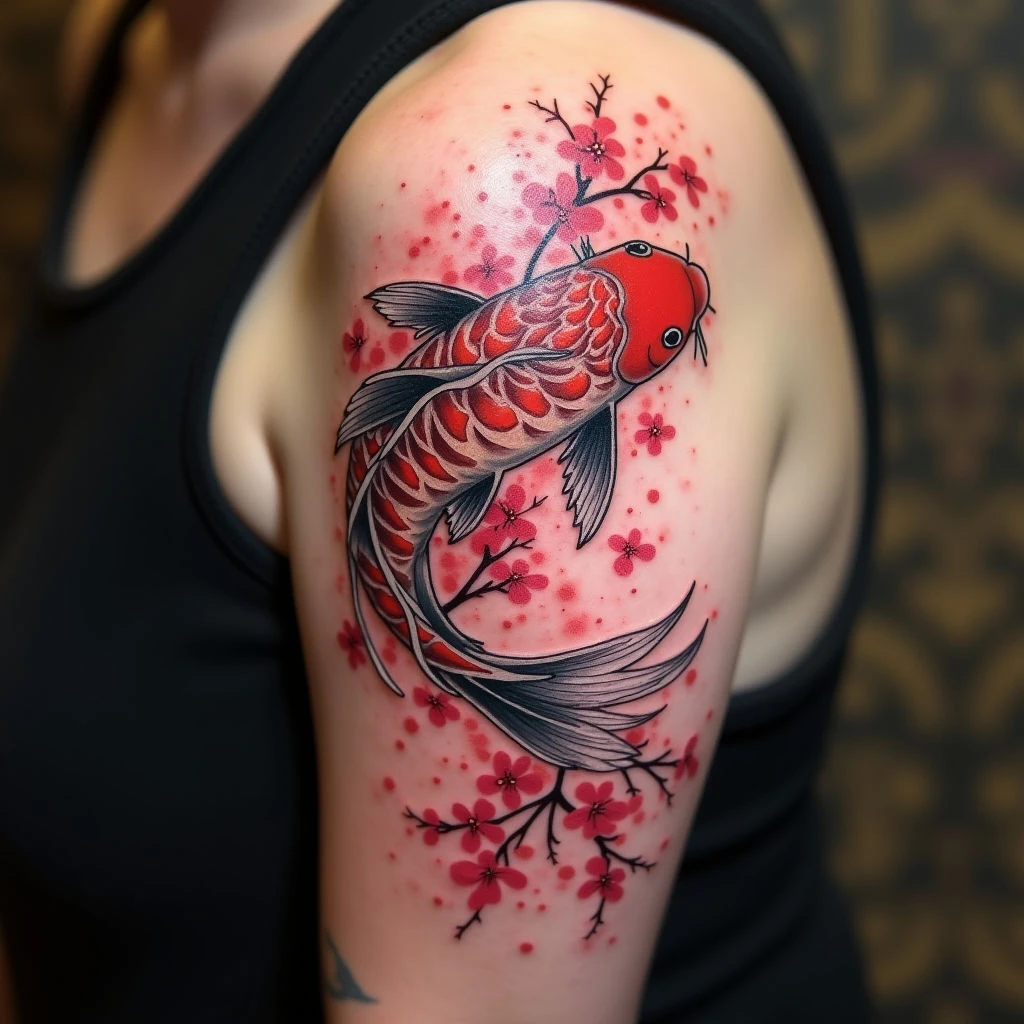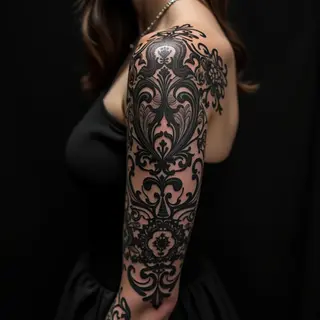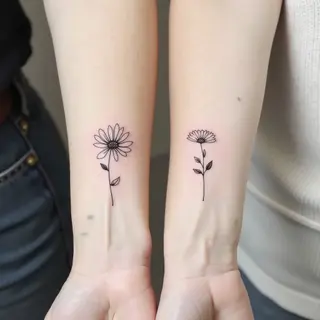The Enduring Art of Japanese Tattooing: A Cultural Journey
Japanese tattooing, or Irezumi, isn't just about ink; it’s a living tradition steeped in history and meaning. It stands apart from many Western styles—often manifesting as full body suits (horimono)—and tells stories through intricate designs.
A Look Back: The Evolution of Irezumi
The story of Irezumi is fascinating. Initially linked to those on the fringes of society, it later found a place within the working class. Now, we're seeing a global revival—people are drawn to its artistry and ability to convey complex narratives.
Decoding the Symbols: Common Motifs & Their Significance
Each image in Irezumi carries a weight of meaning. Let's explore some common motifs:
-
Koi Fish (Carp)
These aren’t just pretty fish; they represent perseverance and courage. Think of the legend of the koi swimming upstream—a powerful symbol of overcoming challenges to achieve your goals.
-
Dragons
Dragons embody wisdom, strength, and good fortune. Historically associated with royalty, they’re seen as protectors.
-
Phoenix
The phoenix is a potent symbol of rebirth and renewal—a visual representation of rising above adversity, stronger than before.
-
Cherry Blossoms (Sakura)
These delicate blooms remind us of the fleeting nature of life, celebrating beauty and new beginnings—a poignant reflection on time’s passage.
-
Tigers
Representing courage and strength, tigers are also believed to ward off evil spirits—a powerful protector in visual form.
-
Geishas & Samurai
These figures often tell stories of loyalty, honor, and the dedication to artistry—a visual exploration of Japanese values.
The Artistry Behind Irezumi
Traditional Japanese tattoos are instantly recognizable. Bold outlines, dynamic compositions, and a rich color palette define the style—heavily influenced by the aesthetics of 'okashi-e' woodblock prints.
Finding Your Artist: Respecting Tradition
If you’re considering Irezumi, it’s crucial to find an artist who truly understands the cultural context and respects the traditional techniques. This isn't just about getting a tattoo; it's about participating in a centuries-old art form.


